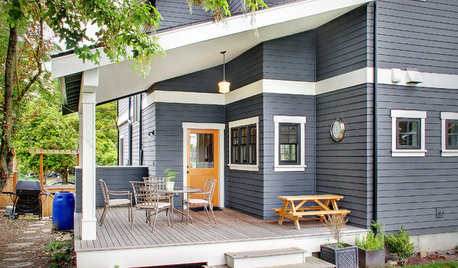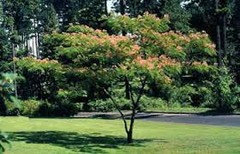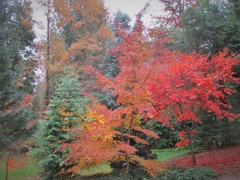Need help choosing a tree
oursteelers 8B PNW
5 years ago
Featured Answer
Sort by:Oldest
Comments (28)
Related Professionals
Bridgeview Landscape Contractors · South Farmingdale Landscape Contractors · Greenfield Landscape Contractors · Skokie Fence Contractors · Reading Landscape Architects & Landscape Designers · Camas Landscape Architects & Landscape Designers · Roxbury Crossing Landscape Architects & Landscape Designers · Quincy Landscape Contractors · Wickliffe Landscape Contractors · King City Fence Contractors · Franklin Fence Contractors · Rochester Siding & Exteriors · El Reno Landscape Contractors · Manassas Siding & Exteriors · Riverside Siding & ExteriorsEmbothrium
5 years agolast modified: 5 years agooursteelers 8B PNW
5 years agoOlychick
5 years agooursteelers 8B PNW
5 years agosocalnolympia
5 years agolast modified: 5 years agogardengal48 (PNW Z8/9)
5 years agoEmbothrium
5 years agoOlychick
5 years agoEmbothrium
5 years agolast modified: 5 years agooursteelers 8B PNW
5 years agoStevePA6a
5 years agoMike McGarvey
5 years agooursteelers 8B PNW
5 years agogardengal48 (PNW Z8/9)
5 years agooursteelers 8B PNW
5 years agosocalnolympia
5 years agolast modified: 5 years agooursteelers 8B PNW
5 years agosocalnolympia
5 years agolast modified: 5 years agooursteelers 8B PNW
5 years agoMike McGarvey
5 years agoEmbothrium
5 years agolast modified: 5 years agooursteelers 8B PNW
5 years agoEmbothrium
5 years agolast modified: 5 years ago
Related Stories

CHRISTMASReal vs. Fake: How to Choose the Right Christmas Tree
Pitting flexibility and ease against cost and the environment can leave anyone flummoxed. This Christmas tree breakdown can help
Full Story
WINTER GARDENINGHow to Help Your Trees Weather a Storm
Seeing trees safely through winter storms means choosing the right species, siting them carefully and paying attention during the tempests
Full Story
DECLUTTERINGDownsizing Help: Choosing What Furniture to Leave Behind
What to take, what to buy, how to make your favorite furniture fit ... get some answers from a homeowner who scaled way down
Full Story
MATERIALSWhat to Ask Before Choosing a Hardwood Floor
We give you the details on cost, installation, wood varieties and more to help you pick the right hardwood flooring
Full Story
EXTERIORSHelp! What Color Should I Paint My House Exterior?
Real homeowners get real help in choosing paint palettes. Bonus: 3 tips for everyone on picking exterior colors
Full Story
CURB APPEAL7 Questions to Help You Pick the Right Front-Yard Fence
Get over the hurdle of choosing a fence design by considering your needs, your home’s architecture and more
Full Story
COLORHow to Choose the Right Exterior Color
Explore each color in our guide to pick a hue for your home's face that you'll be happy with for years to come
Full Story
MATERIALSKitchen Ideas: How to Choose the Perfect Backsplash
Backsplashes not only protect your walls, they also add color, pattern and texture. Find out which material is right for you
Full Story
GARDENING AND LANDSCAPINGChoosing a Deck: Plastic or Wood?
Get the pros and cons of wood, plastic, composite and more decking materials, plus a basic price comparison
Full Story
LANDSCAPE DESIGNHow to Choose and Site Garden Art
The right piece in the right place can make or break the mood of your garden
Full Story






indianagardengirl